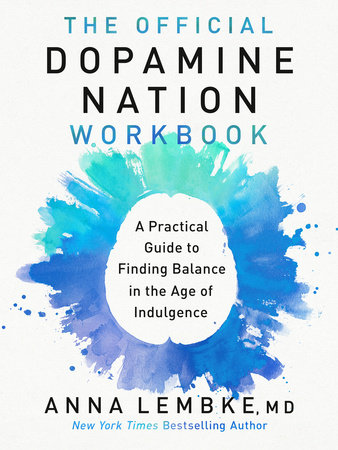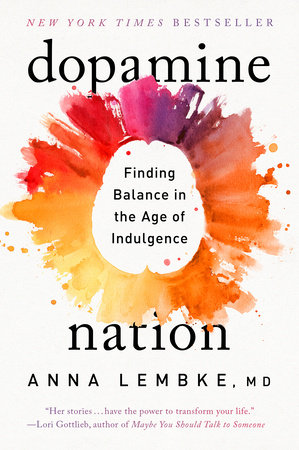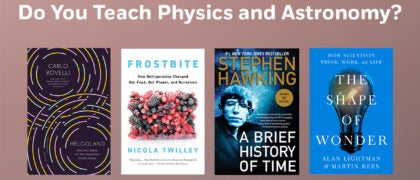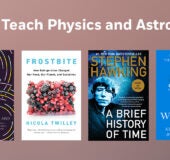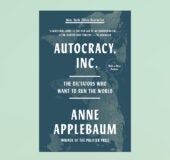By: Anna Lembke, MD
 The Official Dopamine Nation Workbook is a companion guide to Dopamine Nation, the book I published in 2021 exploring the neuroscientific, cultural, and evolutionary contributors to addiction in the modern age. The Workbook can be used as a classroom supplement to Dopamine Nation, or as a standalone guide for those wanting to implement the ideas from Dopamine Nation into their everyday lives, including concepts like the plenty paradox, dopamine fasting, self-binding, and radical honesty.
The Official Dopamine Nation Workbook is a companion guide to Dopamine Nation, the book I published in 2021 exploring the neuroscientific, cultural, and evolutionary contributors to addiction in the modern age. The Workbook can be used as a classroom supplement to Dopamine Nation, or as a standalone guide for those wanting to implement the ideas from Dopamine Nation into their everyday lives, including concepts like the plenty paradox, dopamine fasting, self-binding, and radical honesty.
What strikes me about so much of mental health treatment today is how disembodied it is. Psychiatrists, psychologists, counselors, you name it, are for the most part focused on emotions and cognitions. Yet we have known for millennia that the mind and body are connected. In leaving the body behind, we are ignoring the major tool we have for exploring the world around us. When we take action, i.e. use our bodies, we literally change our minds. Bodily action generates perceptual data which alters cognition, and in turn informs and updates our maps of the world.
At the heart of The Official Dopamine Nation Workbook is the dopamine fast, a period of voluntarily abstention from a substance or behavior we consume in ways which are compulsive and/or associated with negative consequences for ourselves or others. The Workbook provides a step-by-step guide, including interactive tables and exercises, for how to prepare for the dopamine fast, how to implement it, and what to do afterwards, grounded in the fundamental idea that a physical, embodied experience provides a rich and informative data-set, impossible to obtain in any other way.
Teachers can use The Workbook in the classroom either on its own or in conjunction with Dopamine Nation, working through each chapter together with students as part of an experiential learning opportunity. The dopamine fast creates the potential for a rich discussion afterward as students talk about their experience of giving up Instagram, cannabis, sugar, and other potent reinforcers, for a period of time. As one teacher who implemented these ideas in the classroom said, “these very good kids – who know there’s a problem in how they’re relating to games and social media and want to change that – seem to be really impacted by the neuroscience and the dopamine fasting experiment.”
Case examples include digital media addiction, exercise addiction, and food addiction, as well as more traditional addictions to drugs and alcohol. Consequences discussed include serious health, relationship, or occupational harm, as well as simple opportunity costs: the things we’re not doing because we’re spending so much time doing our drug.
Actions before feelings. Not that feelings are unimportant. Far from it. But if we wait until we feel like changing our maladaptive habits, that day may never come. On the other hand, by taking action, we have an embodied experience that can inform true cause and effect, and hence better choices in the future.
Dr. Anna Lembke is the medical director of Stanford Addiction Medicine, program director for the Stanford Addiction Medicine Fellowship, and chief of the Stanford Addiction Medicine Dual Diagnosis Clinic. She is the recipient of numerous awards for outstanding research in mental illness, for excellence in teaching, and for clinical innovation in treatment. A clinician scholar, she has published more than a hundred peer-reviewed papers, book chapters, and commentaries in prestigious outlets such as The New England Journal of Medicine and JAMA. She sits on the board of several state and national addiction-focused organizations, has testified before various committees in the United States House of Representatives and Senate, keeps an active speaking calendar, and maintains a thriving clinical practice.


